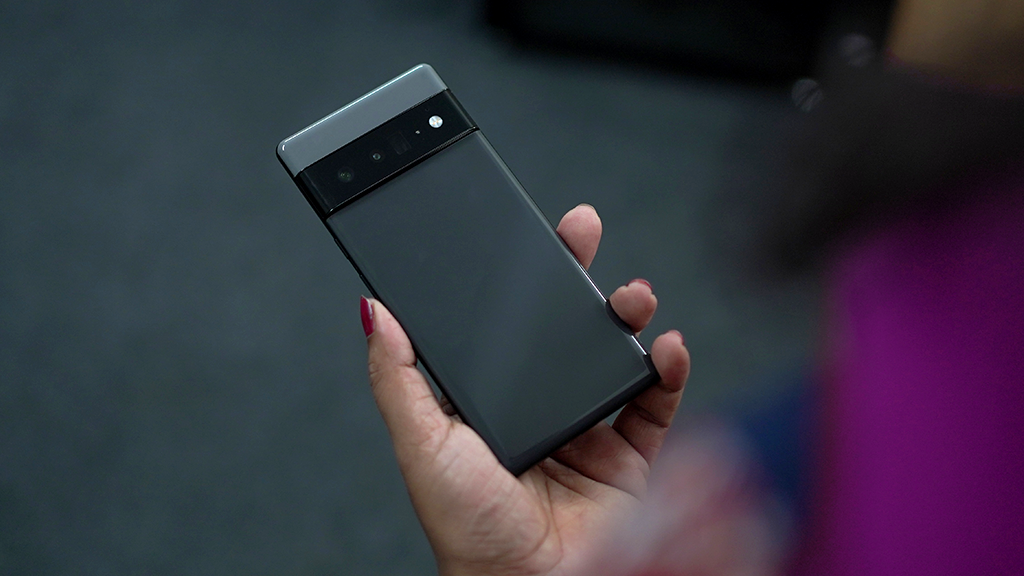A dryer that gets too hot can be a serious issue. Besides ruining delicate clothes with scorch marks, it could lead to a fire. So if you notice this problem, start trying to figure out what's wrong—and how to fix it—before you run another load.
Fixing your dryer may seem intimidating, but Asurion Experts are certified and experienced with repairs for all major appliances, so they know just how to help with yours. Here are their tips on why your dryer is overheating and how to get it working properly again.
Common reasons for a dryer overheating
Air flow blockages
One of the most common reasons for a dryer getting too hot is insufficient airflow. If air can't escape from the dryer, it becomes trapped in the drum, raising the temperature and potentially starting a fire.
The first thing to check is the lint filter and make sure it's completely empty. If you don't clean the lint filter with every load, it can become filled with debris and stop air from flowing. Next, look into the slot where the filter goes to see if lint has spilled inside. If you find debris there, use a vacuum cleaner to suck it out.
Finally, check the exhaust vents on the outside of your home and see if air is freely coming out. If not, there may be a blockage in your ductwork—check out our guide on how to clean a dryer vent.

Psst... Got 2 minutes?
That’s how long it takes to get a care plan personalized for you:
✓ Coverage for thousands of devices ✓ Fast, quality fixes
✓ Hands-on help when you need it
Heating element issues
Over time, your dryer’s heating elements can break down or shift, causing them to make contact with components that they shouldn't. As a result, the heating element can warm the drum of the dryer, making it much hotter than it should be. Check the coils of the heating element to be sure that they aren't touching anything, including components in the dryer, one another, or the drums. If you suspect there’s any sort of problem with the heating element, you’ll likely need to book a repair with an appliance pro.
Cycling thermostat problems
The cycling thermostat automatically turns off the heating element as soon as your appliance detects high temperatures. If something's wrong with the cycling thermostat, it won't turn off the heating elements, so the dryer temperature may continue to rise to unsafe levels. You can use a multimeter, a tool that measures voltage, current and resistance, to test for appropriate functioning of the cycling thermostat, and replace it if necessary.
High-limit thermostat issues
The high-limit thermostat, or thermal fuse, is a safety feature that's designed to trip whenever the dryer reaches a dangerous temperature. Once the thermal fuse reaches its threshold, it will turn off the heating element or dryer. But it's not safe to depend on this function to prevent a fire. If your cycling thermostat is broken and the high-limit thermostat is being tripped frequently, it will wear out faster. And if both thermostats fail, it could lead to catastrophe. Test both of your thermostats with a multimeter, and if either thermostat indicates there are issues, reach out to a local appliance repair technician for next steps to replace them.
When to call a professional
If you still can't find a solution for your dryer overheating, schedule a repair with an appliance expert. More advanced dryer repairs may require a level of electrical expertise, which can be dangerous to attempt if you're not properly trained. And remember, if your dryer smells like something is burning, isn't drying clothes but is getting too hot, or just keeps overheating, continuing to use it could result in serious damage to the dryer, or even result in a fire.
Reliable protection for the major appliances you rely on
When your appliances don't work, we do. With Asurion Appliance+®, you get hassle-free coverage and 24/7 troubleshooting support for your current and future appliances—no matter the brand or where you bought them. But it’s not the only care plan we offer. Take our 2-minute quiz to find the right care plan for your appliances and tech, or learn more about how you can get total peace of mind with Asurion Appliance+.




